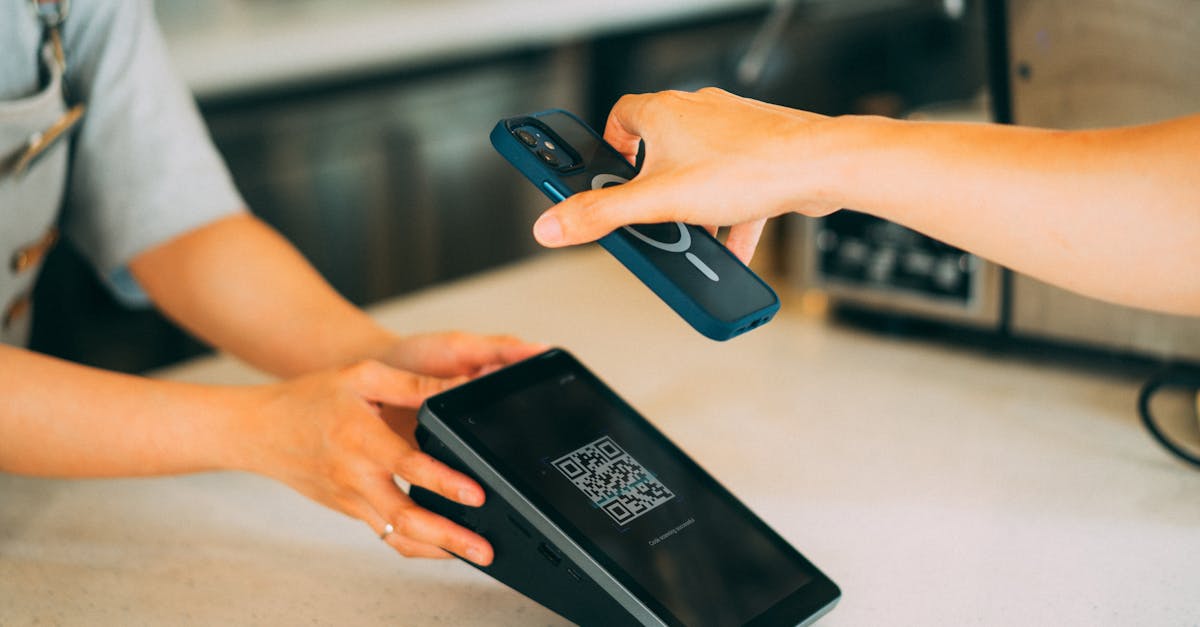In a world where time equals money, automating invoicing and payments has become a game changer for businesses of all sizes. We often find ourselves managing stacks of paperwork and chasing down late payments, which can be tedious and inefficient. With automated solutions, we can streamline our financial processes, saving both time and resources. In this text, we'll explore what automated invoicing is, its benefits, how payment automation works, popular solutions available, and best practices for successful implementation.
What Is Automated Invoicing?
Automated invoicing refers to the use of software to generate and send invoices automatically based on predefined criteria. This process eliminates the need for manual entry, reducing errors and ensuring that transactions are processed quickly. When we automate our invoicing, we set up systems that can track sales, calculate totals, and deliver invoices to customers without us needing to lift a finger each time. Not only does this simplify our accounting tasks, but it also enhances our professional image by ensuring timely and consistent invoicing.
Benefits Of Automated Invoicing
The benefits of automated invoicing are numerous and substantial. Here are some key advantages we experience when adopting this technology:
- Time Savings: We can drastically reduce the time spent generating invoices, allowing us to focus on more strategic tasks.
- Error Reduction: Automated systems minimize the risks of human errors in calculations or data entry, leading to more accurate invoices and fewer disputes.
- Improved Cash Flow: Timely invoicing means faster payments, which boosts our cash flow and ensures we maintain a healthy financial status.
- Consistency: Automation helps us maintain a consistent invoicing process, enhancing our professionalism in the eyes of clients.
- Better Tracking: Automated systems often include tracking features that allow us to see when invoices are sent, viewed, and paid, giving us valuable insights into our financial health.
Understanding Payment Automation
Payment automation complements automated invoicing by allowing us to streamline the payment collection process. This technology enables payments to be processed electronically, reducing manual handling and making transactions smoother.
Key Features Of Automated Payment Systems
Some of the key features we typically see in automated payment systems include:
- Recurring Payments: This feature allows us to set up automatic payments for subscription-based services or ongoing contracts, ensuring that we never miss a payment.
- Multiple Payment Options: Many solutions allow customers to pay via credit card, bank transfer, or even digital wallets, making it convenient for them and increasing the likelihood of timely payments.
- Integrated Reporting: These systems often come with reporting capabilities that give us insight into payment trends and customer behaviors, helping us make informed decisions.
Popular Automated Invoicing And Payment Solutions
The market is flooded with options when it comes to automated invoicing and payment solutions. Some of the most popular platforms we can consider include:
- QuickBooks: Known for its robust accounting features, QuickBooks offers automated invoicing and integrates with various payment processing solutions, making it a top choice for many businesses.
- FreshBooks: This user-friendly platform excels in automated billing and invoicing, particularly for freelancers and small businesses.
- Xero: With a strong focus on accounting automation, Xero also offers effective invoicing and payment features.
- Square: Best known for its payment processing, Square also provides invoicing tools that integrate seamlessly with their payment services.
How To Implement Automated Invoicing And Payments
Implementing automated invoicing and payments requires careful planning and execution. Here are steps we recommend:
- Assess Your Needs: Identify what automatic invoicing and payments need for your business. Consider factors like the volume of invoices, preferred payment methods, and integration with existing tools.
- Choose the Right Software: Based on your requirements, select a solution that meets your needs. Make sure it provides features that enhance your efficiency.
- Integrate Existing Systems: If you're already using accounting software, ensure the new solution integrates seamlessly to avoid data silos.
- Set Up Templates: Customize invoice templates that align with your brand and define the rules for automatic customer billing.
- Test the System: Before going live, run tests to ensure everything works as intended, identifying any potential issues.
Best Practices For Successful Automation
To ensure our automation process is successful, we should follow these best practices:
- Keep It Simple: Start with a few key features and expand gradually as we become more comfortable with the system.
- Train Your Team: Make sure everyone who will be using the system understands how it works to minimize confusion and maximize efficiency.
- Monitor Performance: Regularly review your invoicing and payment systems to identify opportunities for further improvement.
- Solicit Feedback: Gather input from customers about their experience with invoicing and payment. This feedback can help us make necessary adjustments to enhance user experience.
Conclusion
To conclude, automating invoicing and payments is a smart move for businesses looking to enhance efficiency, improve cash flow, and reduce administrative burdens. By leveraging the right technology, we can take control of our financial processes and free up valuable resources for growth. Whether we're a freelancer or a large enterprise, implementing automated solutions can streamline operations and contribute to our overall success.
✅ Ready to see how ProValet.io can transform your service business?
👉 Schedule a Demo Today and experience the future of field service management.








